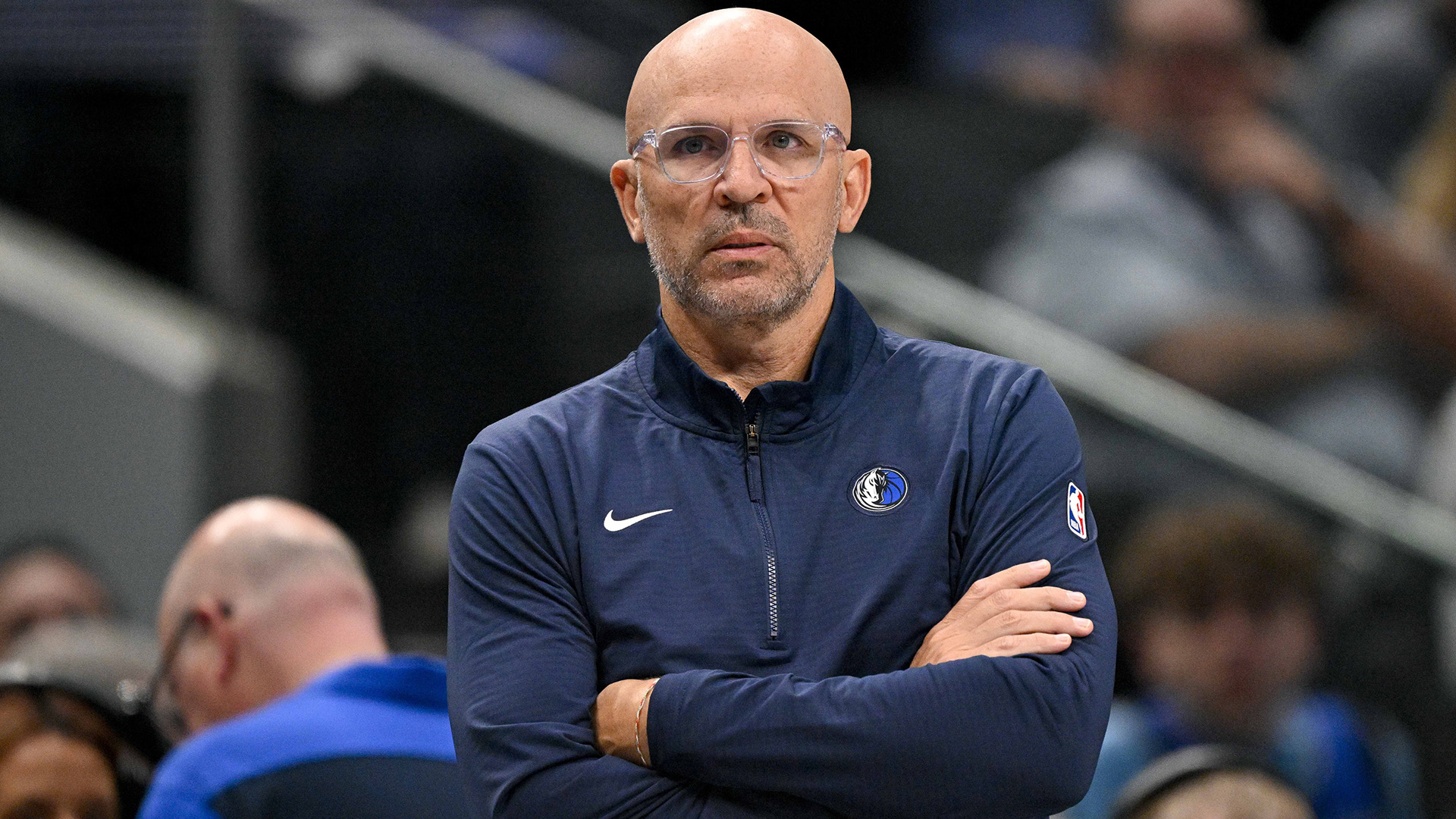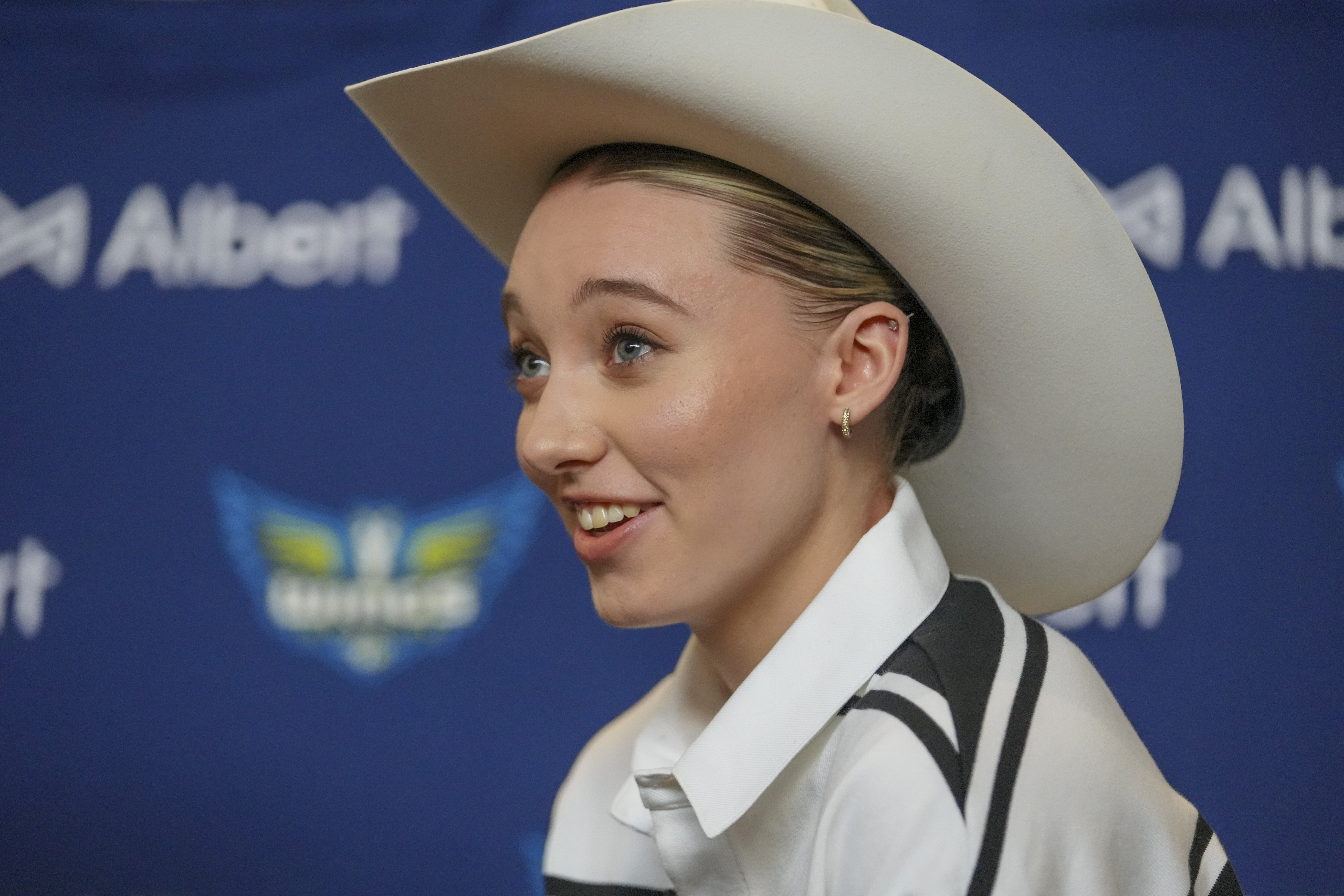Imagine a hot, sunny afternoon in July at the future home of the Texas Rangers. The roof is closed for a day game at Globe Life Field in Arlington, the air conditioning is on and the sunlight is shining through the windows – but it’s not generating heat.
Imagine a hot, sunny afternoon in July at the future home of the Texas Rangers. The roof is closed for a day game at Globe Life Field in Arlington, the air conditioning is on and the sunlight is shining through the windows – but it’s not generating heat.
That’s because large sections of the transparent portions of the roof and sides of the stadium will consist of a partially transparent, plastic polymer called ethylene tetrafluoroethylene – or ETFE for short.
“Glass, particularly glass on the sides of the building where the sun is shining through, has a tendency to magnify,” said Rob Matwick, the Rangers’ executive vice president of business operations. “So, the ETFE gives us a solution that can mitigate the UV and control the heat or the cool air that we have in the building, allowing the natural light in.”
The roof at Globe Life Field will cover 240,000 square feet, roughly one-third of which will be ETFE. A total of 120,900 square feet of ETFE will be used in the ballpark’s construction.
The ETFE not used on the roof will be used on the east and west faces of the ballpark to help with sun, especially when it’s setting and shining into right field.
The breakdown for where the 120,900 square feet of ETFE will be used is as follows:
- Operable roof: 72,500 square feet
- East fixed facade: 27,300 square feet
- East operable facade: 10,600 square feet
- West concourse roof: 10,500 square feet
Matwick said the first time the public saw ETFE for the first time in a high-profile setting was at the 2008 Beijing Olympics, notably at the National Aquatics Center – the Water Cube – where the swimming and diving events were held.
Sports Connection
Connecting you to your favorite North Texas sports teams as well as sports news around the globe.
The most prominent venue in the United States that utilizes ETFE is probably U.S. Bank Stadium in Minneapolis, which opened in 2016 and is home to the Minnesota Vikings, Matwick said.
Since U.S. Bank Stadium opened, ETFE has become more common among football and baseball stadiums across the country, said Jim Cuddihee, vice president of operations for Manhattan Construction, which is working on Globe Life Field.
He described the ETFE panels as “essentially like a pillow.” He said each panel has an inner and an outer chamber, with a material that divides them, and air on both sides of that divide.
“You can do so many things with ETFE versus glass. You’re somewhat limited on fritting and how much light you can either let in or let out with glass, whereas ETFE, it can be completely clear or almost nontransparent,” he said.
Fritting is a term Matwick and Cuddihee return to often. It refers to the way the pattern, in this case it’s a honeycomb-like motif, and the opacity of the ETFE.
And instead of being completely transparent, like glass, the ETFE the Rangers selected, based on consultation with architects, will control the amount of natural light that flows into the stadium.
Matwick’s previous baseball experience includes time with the Detroit Tigers and Houston Astros, where he worked when Minute Maid Park opened in 2000. He said one of the challenges the Rangers wanted to issue to architects was to incorporate more natural light into the ballpark than there is at Minute Maid Park or Milwaukee’s Miller Park, which opened 2001.
Of the 15 new Major League Baseball stadiums to open since the turn of the century, only the aforementioned two ballparks and Marlins Park, which opened in 2012, have retractable roofs.
“I don’t think (the ETFE) diminishes any of the architecture or appeal of the building, but I think when you’re seated on the inside, what’ll be cool is you can actually look out and see through it,” Matwick said. “We do have some frit in it, so it’s not completely transparent, although it could be, but there’s enough transparency in it that from the inside you can look out. And that’s really what we wanted.”
Aside from aesthetics and climate-control, there are construction benefits to using the material, too.
“One of the big advantages of it is how lightweight it is,” Cudihee said. “Glass is a very heavy product. If you look over, we use a lot of glass vertically on the face of the building, this going up on the roof – on the operable roof – and on the east and west side, it requires less structure to be able to hold the material in place, compared to glass.”
On the flip side, the work done atop the new stadium to prepare for the installation of ETFE was a heavier lift, figuratively, than if construction crews installed traditional glass, Cudihee said.
ETFE is also easier to install and somewhat self-cleaning, Cudihee said. It is even designed to stand up to Texas-sized hail storms. It can be punctured, but it won’t shatter like a residential skylight.
Sounds like a perfect replacement for glass, until you look at the price tag. Cudinee said due to prohibitive costs, it’s not likely to be used extensively in residential projects anytime soon, except in small amounts.
“I think a good use would be an outdoor, covered patio. It’d allow the light in, block the sunlight and keep the rain off you,” he said.
One question on the mind of many Rangers fans is, “How will the decision be as to when the roof will be open?”
“There’s probably some art, some science to it,” Matwick said. “I would say that, based on my experience, when we start to get above 85 degrees, upper 80s, when you get close to 90, that’s when you might think it’s a little uncomfortable in terms of fan enjoyment of the game and you might consider playing closed.”
Globe Life Field will have turf instead of natural grass, which means the grounds crew won’t need the roof open during the day for the grass to get sunlight. In turn, Matwick said the ballpark would retain less heat, making it more comfortable for the club to open the roof in time for first pitch.
The Rangers first regular season game at Globe Life Field is March 31.



